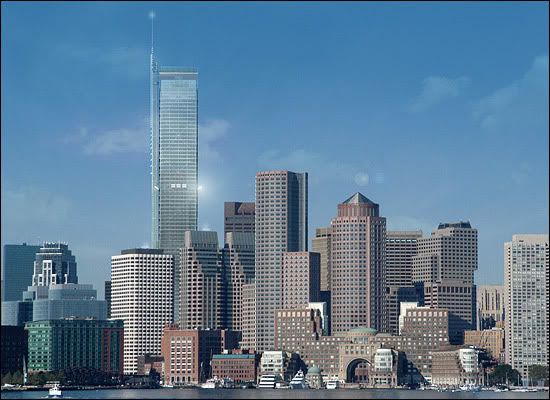I have no doubt that the FAA Logan airspace map is set by professionals who know what they are doing. I'm not questioning their competence or intent. But I would love to hear a detailed discussion of the rationale behind the various limits. Obviously there are a lot of considerations that go into the map: direct flight paths, "one engine inoperative scenarios," radar coverage, etc, and I'm sure that different considerations are the relevant limiting factor in different areas. It'd be neat to hear it all specifically broken down.
It seems pretty intuitive, for example, that direct runway flight paths have lower height caps for longer (e.g., Castle Island and Suffolk Downs vs. the North End). But it's not at all obvious, for example, why the height cap at the Volpe site (in the "corner" due west of the runways) drops from "1000 flat" to 500 as you move up Broadway away from Logan/Boston into Cambridge. None of the other "corners" have this "flat" dropoff.


